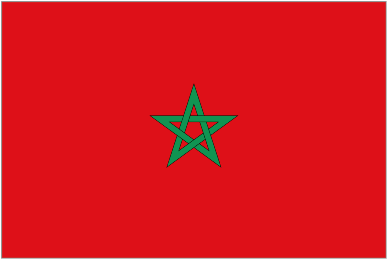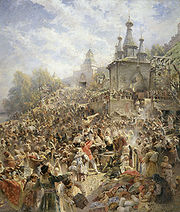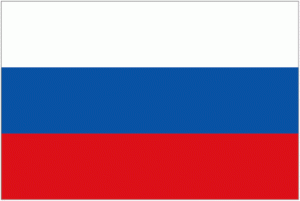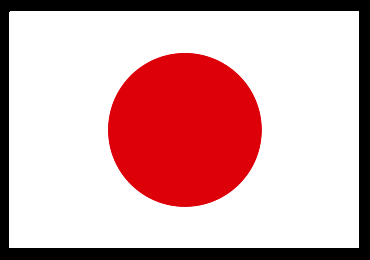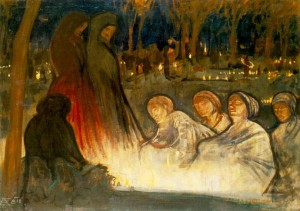November 6
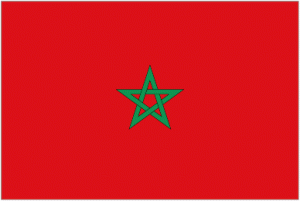
Nope, this has little to do with the environmental movement. Green here signifies the religion of Islam, and the March in question was led by Moroccans protesting Spain’s continued occupation of the Western Sahara (then Spanish Sahara) well into the 1970s.
The Green March was orchestrated by Morocco’s King Hasan II who emphasized Western Sahara’s long-standing ties with his country.
In 1975, faced with growing international opposition and fighting within the territory, Spain announced the possibility of creating an independent state out of Spanish Sahara.
However, both Morocco and Mauritania (to the southeast) had claims to the territory. Hasan took the case to the International Court of Justice. The Court determined that there were ties between the Saharan territory and Morocco, but that the ties were not substantial at the time of Spain’s colonization of the territory; thus the Court recommended a Saharan referendum on self-determination.
In a televised announcement, Hasan emphasized the first part of the Court’s recommendation—the territory’s ties to Morocco—and called on Moroccans to liberate Spanish Sahara by means of a massive peaceful march.
On November 6, 1975, around 350,000 unarmed Moroccans assembled on their southern border and crossed over into then-Spanish territory calling for the return of Moroccan Sahara. The Spanish commanders refused to fire on the unarmed civilians as Hasan had predicted. The Green March went off peacefully and triumphantly. Later that month Spain agreed to temporary joint administration of the territory with Morocco and Mauritania, after which Western Sahara would be split between the two African nations.
Mauritania withdrew from Western Sahara in 1979 after a guerrilla war movement in favor of Saharan independence. The anniversary of Green March is a triumphant holiday in Morocco, although the call for independence is still hotly debated in Western Sahara.
Morocco Since 1830: A History, by C.R. Pennell
Why Green?
There’s little evidence in the Qur’an for green’s emergence as the color most symbolic of Islam, but numerous Muslim countries include green on their flags. In fact Libya’s flag is entirely green, the only single-color banner in the world.
One Surah (76:21) does notes that in paradise, denizens will be clad in green robes of fine silk.
Other sources claim that the Prophet Muhammad wore green and used green in his armies’ banners.
Still other theologians point to green as the color of nature and of life. So in a sense the Green March may have been related to the environmental movement after all…

